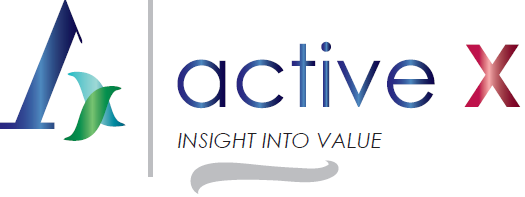Cloud integration for IBM Sterling B2B involves connecting and seamlessly integrating IBM Sterling B2B solutions with cloud-based services, platforms, or applications. This integration enhances agility, scalability, and accessibility while leveraging the benefits of cloud computing. Here are key considerations and steps for cloud integration with IBM Sterling B2B:
Key Considerations:
Cloud Service Selection:
Choose a cloud service provider that aligns with your organization’s requirements. Common providers include AWS (Amazon Web Services), Microsoft Azure, Google Cloud Platform, or IBM Cloud.
Security and Compliance:
Ensure that the chosen cloud provider complies with security and compliance standards relevant to your industry. Implement encryption, access controls, and other security measures to protect sensitive data.
Scalability and Performance:
Leverage the scalability of cloud services to handle varying workloads. Optimize performance by choosing the right cloud resources and configurations.
Integration Architecture:
Design an integration architecture that supports the seamless flow of data between on-premises IBM Sterling B2B systems and cloud-based services. Consider hybrid cloud models if a portion of your B2B infrastructure remains on-premises.
Data Mapping and Transformation:
Implement data mapping and transformation mechanisms to ensure compatibility between data formats used by IBM Sterling B2B and the cloud services. Address any differences in data structures and standards.
APIs and Connectors:
Utilize APIs (Application Programming Interfaces) and connectors provided by both IBM Sterling B2B and the chosen cloud platform. APIs facilitate communication and data exchange between systems.
Monitoring and Analytics:
Implement monitoring and analytics tools to gain insights into the performance of your integrated environment. Track key metrics and proactively address any issues.
Steps for Cloud Integration with IBM Sterling B2B:
Assessment and Planning:
Conduct a comprehensive assessment of existing IBM Sterling B2B infrastructure.
Define integration goals, including the specific cloud services to be integrated.
Cloud Service Configuration:
Set up and configure the cloud environment, ensuring it meets the necessary requirements.
Establish network connectivity between on-premises and cloud environments.
Security Implementation:
Implement security measures such as encryption, secure connections (HTTPS), and identity/access management.
Address compliance requirements related to data storage and transmission.
Data Mapping and Transformation:
Map data structures between IBM Sterling B2B and cloud services.
Implement transformations as needed to ensure data compatibility.
API Integration:
Utilize APIs provided by IBM Sterling B2B and the cloud platform.
Develop custom APIs or connectors as necessary to facilitate communication.
Testing:
Conduct thorough testing of the integration to ensure data flows accurately and securely.
Perform integration testing, including data validation and error handling scenarios.
Deployment:
Deploy the integrated solution into the production environment.
Monitor the deployment process to address any issues that may arise.
Monitoring and Optimization:
Implement monitoring tools to track the performance of the integrated environment.
Continuously optimize configurations for better efficiency and resource utilization.
Documentation:
Document the cloud integration process, including configurations, APIs used, and any custom development.
Training and Support:
Provide training for IT staff and end-users on the integrated environment.
Establish a support mechanism for addressing issues and ensuring ongoing maintenance.
Continuous Improvement:
Regularly review and optimize the cloud integration based on changing business requirements.
Stay informed about updates and new features from both IBM Sterling B2B and the cloud provider.


